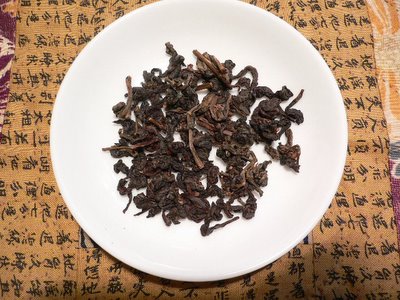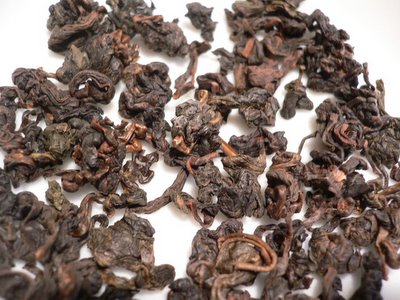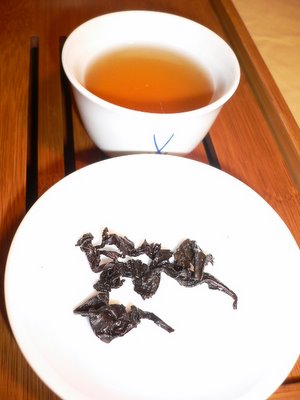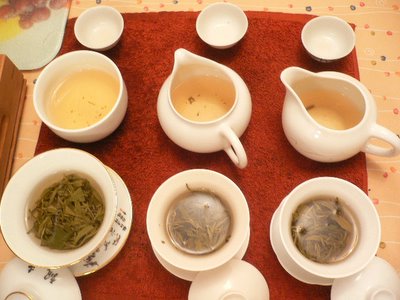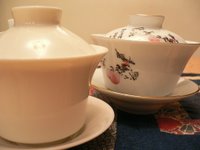 I call it my creamy tea cup. Not just because of its cream color, but also because it feels so soft when I place it in my mouth. But this is actually a Meissen tea cup, the Rolls Royce among European porcelain manufacturers. You don't know Meissen? Let me quote from their history:
I call it my creamy tea cup. Not just because of its cream color, but also because it feels so soft when I place it in my mouth. But this is actually a Meissen tea cup, the Rolls Royce among European porcelain manufacturers. You don't know Meissen? Let me quote from their history:The year 1709 marked the beginning of one of the most exciting scientific and commercial quests of the last 300 years, the quest that led Johann Friedrich Boettger to the discovery of white, hard-paste European porcelain.
The secret of porcelain was known to the Chinese as long ago as the seventh century A.D. For 1000 years, porcelain symbolized the mysterious world of the Far East, a world that remained virtually closed to European travelers and explorers. No wonder that the European rulers were filled with enthusiasm for the “White Gold” from the East.
Isolated pieces of Chinese porcelain began to reach Europe at the end of the 13th century. European craftsmen attempted to reproduce the formula for its composition, their effort culminating in the development of faience, majolica and bone china. It was at the court of Augustus the Strong, Elector of Saxony, however where the search finally ended. As we now know, the secret lies in firing the mineral raw materials, kaolin, feldspar and quartz, at such a high temperature that they actually melt and fuse. In 1710 the production of true porcelain started at Albrechtsburg Castle in Meissen and Europe’s first porcelain manufactory was born (...)
So this is one of numerous cases where Chinese technology was ahead of time and where it was the Europeans who copied the Chinese! China used to adapt the porcelain it made to fit the export market's taste. The fit was just approximate, though, due to the physical and cultural distance between China and Europe. So once it had mastered the technology, Meissen was able to deliver exactly what Europe's aristocracy dreamed of.
During these early years, the factory supervisor, Johann Melchior Steinbrueck, recognized the need to protect genuine Meissen porcelain against imitations. So the famous “Crossed Swords” were painted under the glaze on all Meissen porcelain as a distinguishing mark, and thus he created the oldest commercial trademark in continuous use to this very day.
After copying the Chinese, Meissen feared imitators and created one of the first logos! I hope you all catch the irony of the story!
Meissen would also produce many artifacts with a Chinese style as they are symbols for the origins of porcelain. But these decorations are merely painted on western style table ware. My tea cup, on the other hand, is of Chinese design and made for Chinese tea instead of English tea. (It could have been smaller, though). It is very plain and simple. There are no paintings, just the 2 crossed blue swords, the beautiful logo.

This cup is gift from my dear mother (who gave me passion for both tea and porcelain). Maybe you also have a relative who collects Meissen or similar porcelain. Try to drink gongfu cha with their tea cup. The thin walls and delicate touch of the cup will give a different feeling to your tea.



